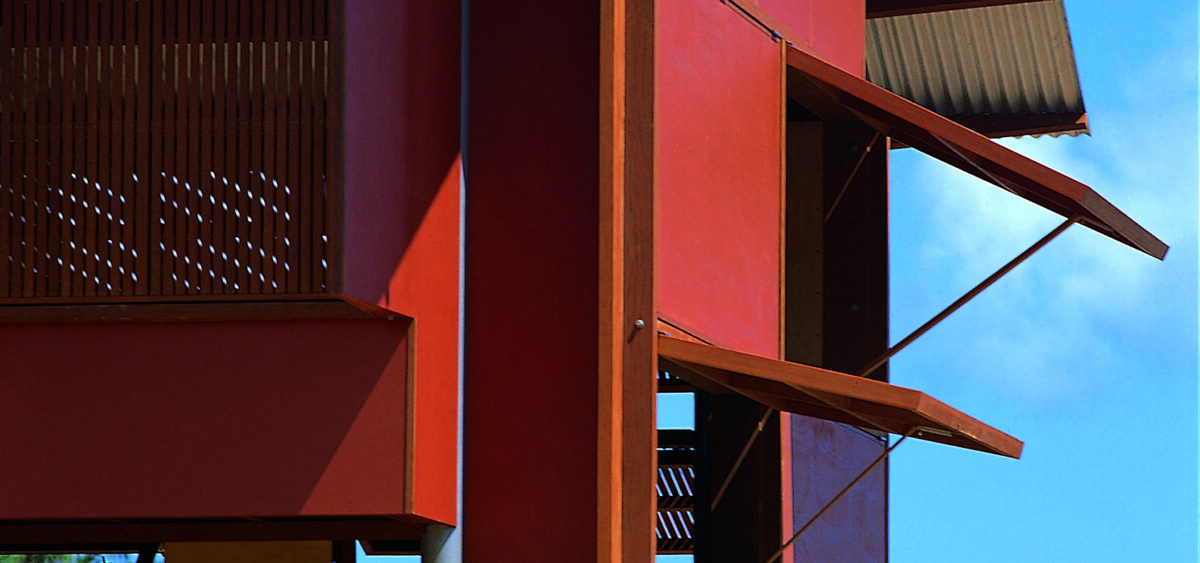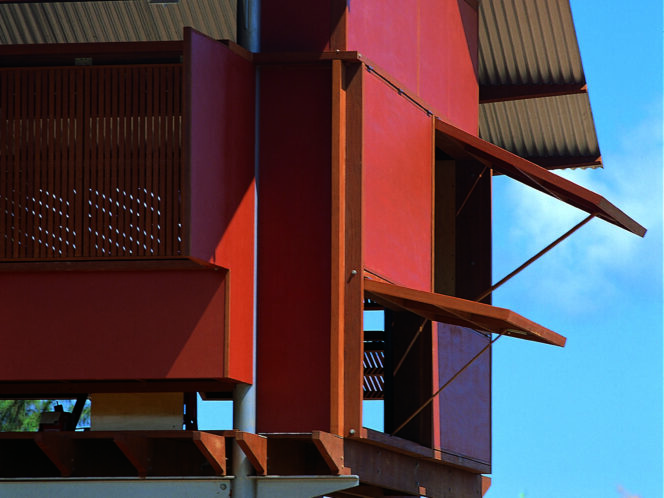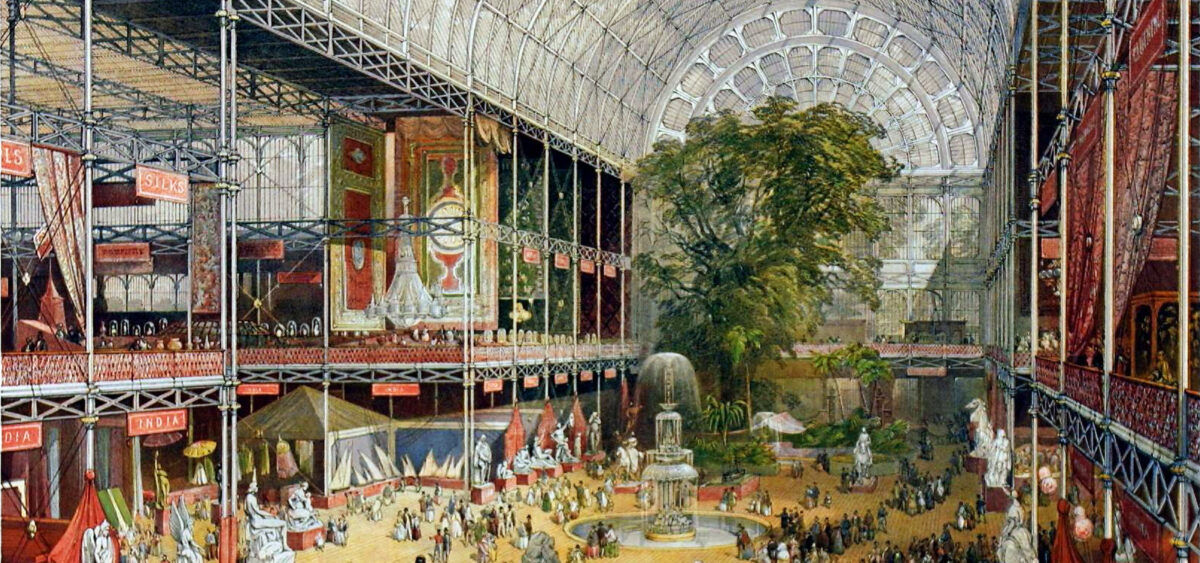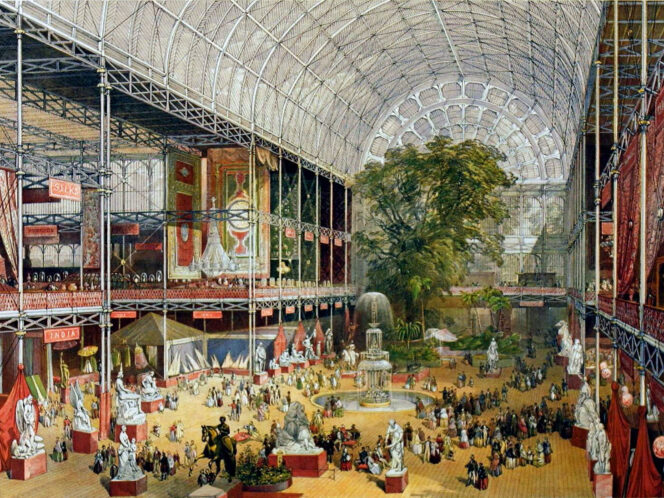
Before Glenn Murcutt designed the house for Banduk Marika, he studied Aboriginal culture and history extensively for three years. Thanks to this, a striking building was built in Yirrkala in the north of Australia, admired for its elegant simplicity, environmental technological solutions and respect for the cultural heritage of its inhabitants.
The client’s recommendations to the architect, different to what he usually received, sounded roughly like this:
– the ability to watch the horizon and changes in the weather, movements of land and sea animals, as well as people from inside the house;
– the ability to observe the water, trees and animals, that is, the totems of ancient ancestors and relatives;
– the ability to use local winds for ventilation;
– that the entrance, as in traditional Aboriginal shelters, would be near one end of the house, but not on its axis;
– that the parents can sleep west of their children, after all, the West means the end of the day, the past, and is closer to death. The children’s rooms should be located east of their parents’ bedroom, so that the daughters sleep directly next to their parents and the sons east of the daughters. The East is the beginning of every new day, the beginning, and the future of a new life;
– that sleeping spaces








